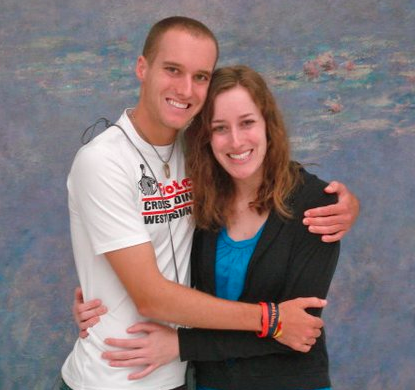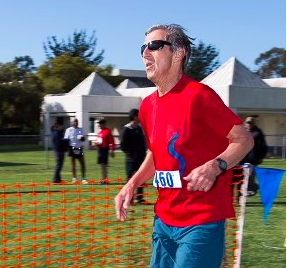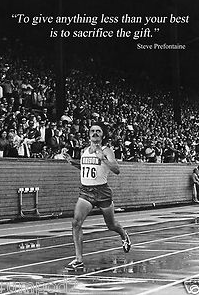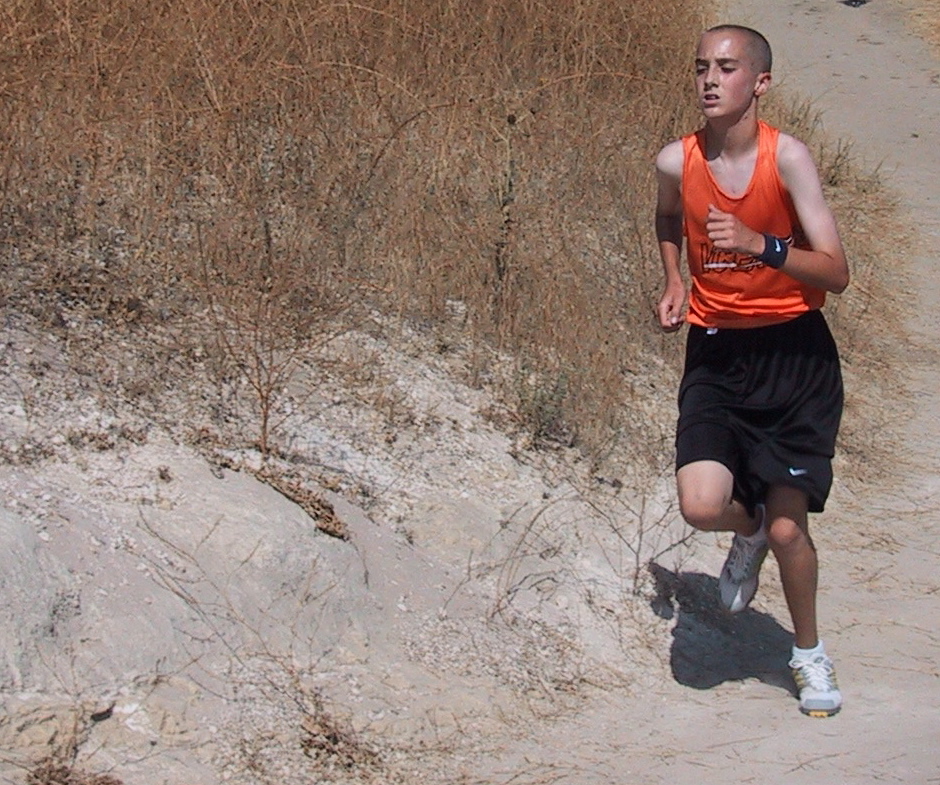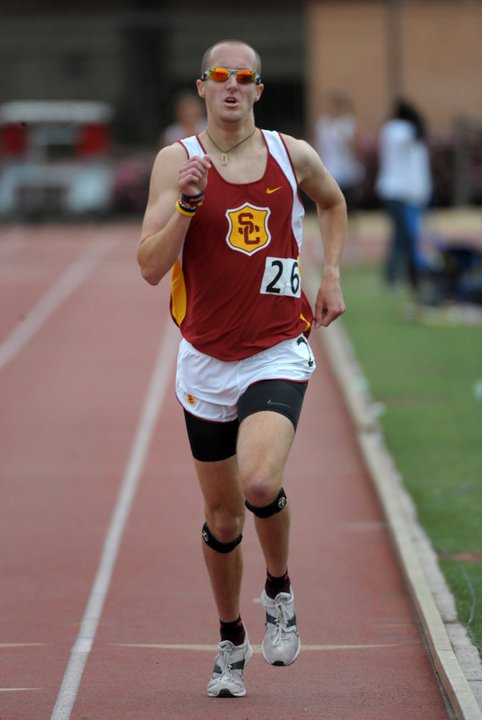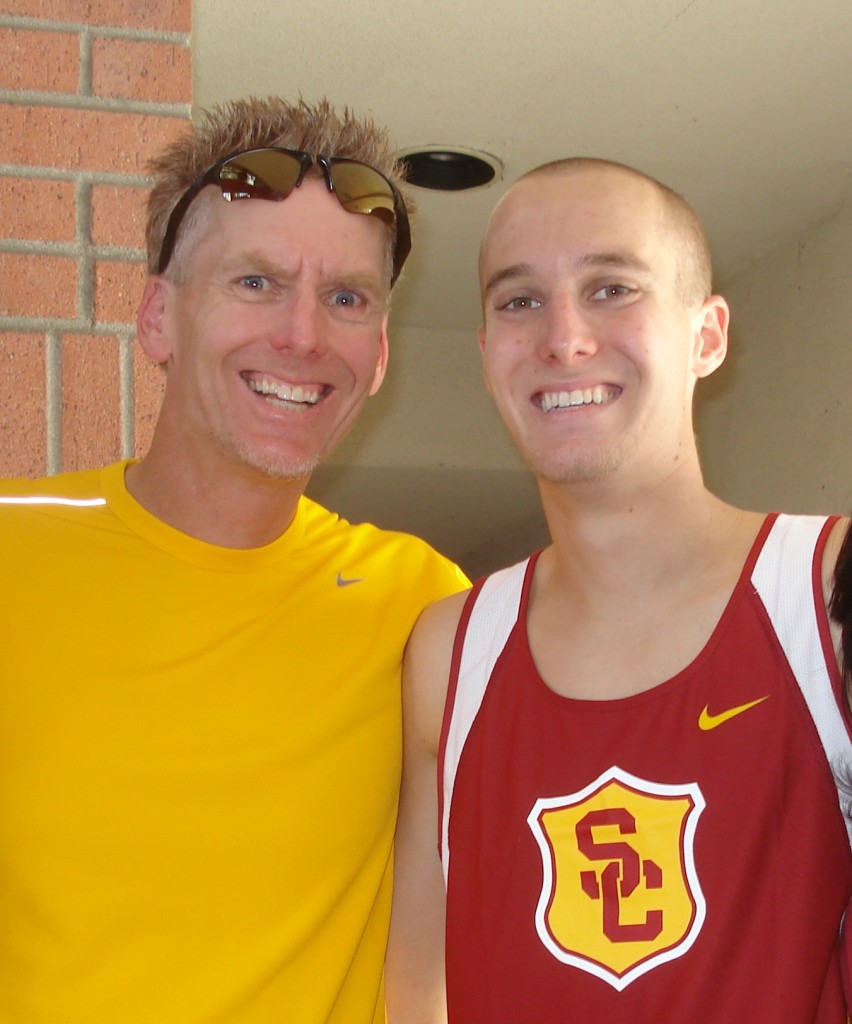Jackie Joyner-Kersee Gives Back
Jackie Joyner-Kersee remembers.
“We’d stop to eat after a track meet and everyone else would buy something but I wouldn’t,” the Olympic multi-champion recalls of those long-ago days on the East St. Louis Railer Youth Track Team.
 “I’d have to wait until I got home because I didn’t have any money. My mom always taught us, ‘If you don’t have, don’t ask.’ I’d run six events and still say I wasn’t hungry.”
“I’d have to wait until I got home because I didn’t have any money. My mom always taught us, ‘If you don’t have, don’t ask.’ I’d run six events and still say I wasn’t hungry.”
She remembers her coach finally figuring it out. Since Jackie didn’t have, and wouldn’t ask, he started insisting she share some of his food.
Fast forward four decades. When youths at the Jackie Joyner-Kersee Boys & Girls Club in East St. Louis kept showing up hungry, Jackie didn’t wait for them to ask for food. Don’t have, don’t ask. She started a meal program.
*
Jackie remembers. Which is why there even is a JJK Boys & Girls Club in her hometown. Because of the huge role a youth recreation center played in her young life, she purchased thirty-seven acres of land and built a facility bearing her own name outside – and her time inside.
“We all need encouragement, so it’s important that they can come in and see my smiling face instead of just my name on the building,” Jackie told me a few years ago. “I take being a role model very seriously. It’s a responsibility that comes with being in the limelight. Someone out there likes you or your style, so you have an influence on them whether you like it or not.
“An athlete shouldn’t take the place of a parent, but some kids don’t have a parent as a role model so then that does fall on you.”
*
Jackie remembers.
Mary Joyner was more interested in her children receiving an education than in them starring in sports.
 “When I was 10,” Jackie says, “I told my mom I’d go to the Olympics and do you know what she told me? She told me she’d rather I go to college. That’s the same thing I tell kids at the center.”
“When I was 10,” Jackie says, “I told my mom I’d go to the Olympics and do you know what she told me? She told me she’d rather I go to college. That’s the same thing I tell kids at the center.”
It is not lip service. Jackie, who graduated from UCLA in 1985, gives educational scholarships through her foundation.
Still, sports are important at the $6-million JJK Boys & Girls Club facility that annually sees 2,400 youths ages 6 to 18 come through its doors.
“We try to use sports, and also drama and music and computers, to get them interested in school,” Joyner-Kersee explains.
*
Jackie remembers.
“We didn’t always have things, but we always had love,” Jackie recalls of her own childhood, her smile sparkling like her diamond earrings.
The letters she receives from children at the JJK Boys & Girls Club touch her heart, and sometimes break it.
“They’ll write me, ‘I love coming here because I feel so much love here,’ ” Jackie shares. “Most of us take being loved for granted, but some of these kids don’t get love at home.”
“I see courage come through the youth center’s doors every day,” she continues. “Courage to me is believing and never giving up – in anything, not just athletics. If you have that flame within you, and you get some encouragement along the way, you can accomplish your dreams.”
Jackie is a profile in courage. To give you an idea, she won six Olympic medals (three of them gold) over four consecutive Olympics; set world records; and won every sports award imaginable while fighting asthma her entire career.
Now, the heptahlon is grueling enough if you lungs work properly. But to do the 200 meters, 100-meter hurdles, high jump, shot put, long jump, javelin and 800 meters in two days when it feels like you are breathing through a cocktail straw, that takes courage.
*
Jackie remembers.
And so she started a unique program, “Daughters Without Mothers.”
Jackie, you see, became a daughter without a mother during her freshman year at UCLA when Mary died from spinal meningitis
“Not sharing the Olympics with her was the biggest downer in my life,” says Jackie, who turns 51 in 2013 – thirteen years older than her mother was when she died. “I want other girls who lose their mothers to know they aren’t alone.”
Jackie remembers where she came from.
“I’ve been blessed so I want to give back,” she allows. “When I leave this earth, I want to leave behind something that will help others.”
Because she remembers, Jackie Joyner-Kersee is unforgettable.


